Messe Berlin
Speech: Why do we need to encourage innovative use of wood?
Historical archive
Published under: Stoltenberg's 2nd Government
Publisher: Ministry of Agriculture and Food
By: Minister of Agriculture and Food Lars Peder Brekk
Speech/statement | Date: 20/01/2012
Dear all enthusiasts of forests, wood and architecture,
It is a great pleasure for me to be able to welcome you all to this seminar on forests, wood and architecture, based on Norwegian experiences. It is my view that Norwegian experiences and knowledge can be conveyed to Germany and other European countries and made use of. Similarly Norway has great advantages from learning from Germany and other European countries.
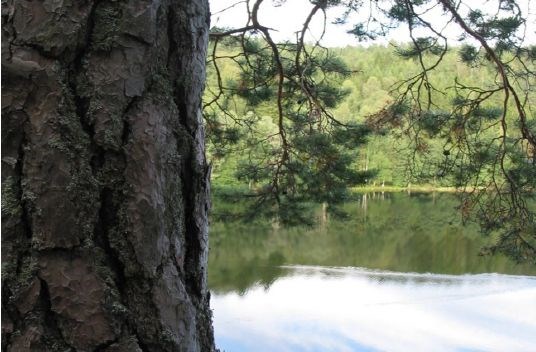
(Photo: Landbruks- og matdepartementet)
Norway is a country with rich forest resources. It has not always been like this. Norwegian forests were degraded and not sustainably managed in the end of the 19th century. The development of the national forest inventory, the forest laws and institutions in early 20th century laid down fundaments of national forest governance in Norway.
Through the last hundred years, both the standing stock and the annual growth of forests in Norway have more than doubled, although removals have been relatively stable. Due to this long term effort, the forest in Norway is currently sequestering a volume of CO2 similar to half of the country’s domestic greenhouse gas emissions.
The Norwegian government has throughout the last ten years developed a policy for increasing the amount of wood used in constructions. Our most important tool is a scheme administered by Innovation Norway - the Wood Based Innovation Scheme. I would like to give Innovation Norway credit for the way they have implemented our policies. I would also like to give my credits to TreFokus, a small enterprise of two persons, for the untiring work on promoting wood and facilitating growth in the wood sector.
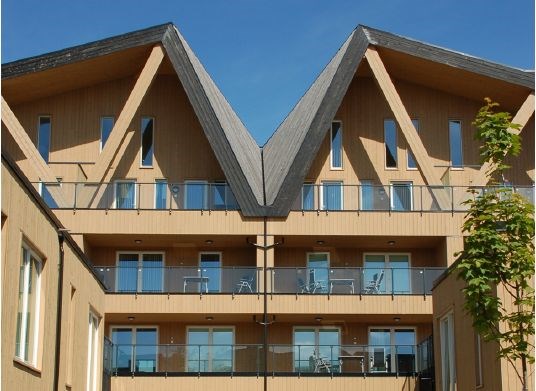
(Architect: HLM Arkitektur & plan AS / ONIX, Nederland / Riss landskap AS)
The Norwegian government just released a white paper on agriculture and food policies. Forest policy is an important part of this, and increasing the use of wood has a vital and integrated role in our forest policy, both in an economic and environmental perspective. The threat of climate change gives further incentives to use renewable resources. The national policy for combating climate change encourages the utilisation of wood for construction and for energy production.
Why do we need to increase the utilisation of wood?. Well, I think there are several answers to this question. First of all, wood is a renewable resource, and the resource base in Norway is strong. Norway harvests less than the increment each year – much less, in fact.
Secondly, wood has clear advantages as part of the efforts to minimise the emissions of CO2 in order to mitigate climate change. Another outstanding feature of wood materials is that it stores carbon during its entire life cycle.
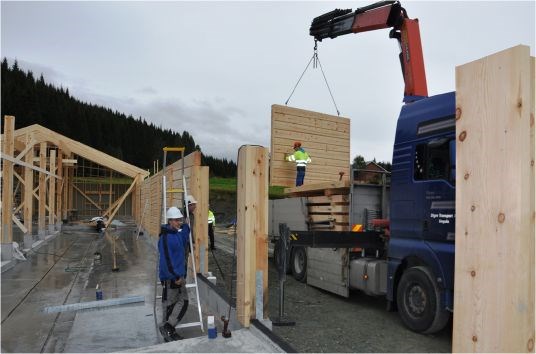
(Photo: Willy Kalstrøm / Trollheimsporten)
Thirdly, forestry and wood has always been a very important part of Norwegian industry and culture. Forestry and wood industry is clearly very important for sustaining the economy in the rural parts of Norway.
Last, but not least, wood is certainly suitable as construction material. Wood is an attractive material technically, environmentally and aesthetically. In Norway, wood is important as construction material, but it is my opinion that we need to make it even more important. We have long traditions for wood buildings and it is important to maintain this knowledge and make it useful also in contemporary building. This is one aspect. Another aspect is to find new ways of utilising wood through research, development and innovation.
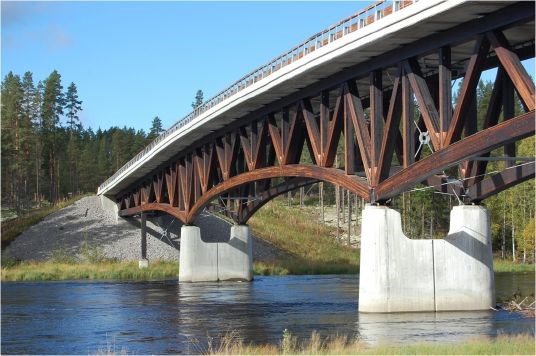
(Photo: Moelven)
Substituting other materials with wood can contribute to reducing the impact of the construction sector on the environment. Wood is, as you all know, a renewable, recyclable and degradable material. Estimates shows that 35 % of the total global emissions of CO2 come from the construction sector. This percentage can be reduced by using wood as material rather than more energy consuming materials.
An important success factor is the availability of the material - and its usability. We need to make it easy to use wood as a construction material. We need documentation on the qualities of wood, and we need to develop common standards. It is crucial that choosing wood where wood is the best alternative is an easy choice. By making it accessible and easy we will also make it less expensive.
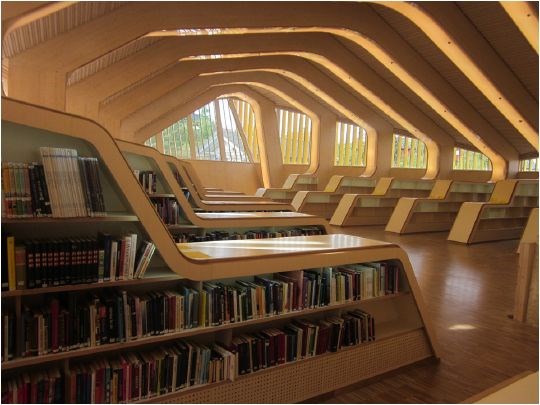
(Architect: Helen og Hard arkitektfirma AS /Photo: Tore Andre Baardsen)
Wood as a construction material is also mentioned in the strategy for architectural policy. The Ministry has contact with the schools of architecture in Norway, and with other organisations promoting environmental-friendly architecture. The architect is an important actor and partner in our effort to increase the use of wood.
I would like to take this opportunity to announce that in order to encourage architects and entrepreneurs to use wood more actively, I will establish an annual award for outstanding and innovative utilisation of wood. This is an opportunity to make wooden architecture more visible, and I am sure there are many excellent candidates present her today!
Thank you for your attention – I wish you all the best for the rest of the day, and I will be very happy to see you tonight – for the celebration of Norway’s 25 years at IGW.